22, Apr 2024
Christmas Flowering Plants 2024: A Guide To Festive Foliage
Christmas Flowering Plants 2024: A Guide to Festive Foliage
Related Articles: Christmas Flowering Plants 2024: A Guide to Festive Foliage
- Christmas Eve Names 2024: A Comprehensive Guide For Expectant Parents
- Christmas Eve Online Sales 2024: The Ultimate Guide To Festive Shopping
- Christmas Drawing Inspiration 2024: Capturing The Magic And Joy Of The Season
- Christmas Drawing Baby Yoda 2024: A Step-by-Step Guide To Capture The Festive Spirit
- Christmas Drawing Easy And Beautiful 2024: A Step-by-Step Guide To Capture The Festive Spirit
Introduction
With great pleasure, we will explore the intriguing topic related to Christmas Flowering Plants 2024: A Guide to Festive Foliage. Let’s weave interesting information and offer fresh perspectives to the readers.
Table of Content
- 1 Related Articles: Christmas Flowering Plants 2024: A Guide to Festive Foliage
- 2 Introduction
- 3 Video about Christmas Flowering Plants 2024: A Guide to Festive Foliage
- 4 Christmas Flowering Plants 2024: A Guide to Festive Foliage
- 4.1 Poinsettia (Euphorbia pulcherrima)
- 4.2 Amaryllis (Hippeastrum)
- 4.3 Christmas Cactus (Schlumbergera)
- 4.4 Cyclamen
- 4.5 Hellebore (Helleborus)
- 4.6 Winter Jasmine (Jasminum nudiflorum)
- 4.7 Choosing the Right Christmas Flowering Plants for You
- 4.8 Conclusion
- 5 Closure
Video about Christmas Flowering Plants 2024: A Guide to Festive Foliage
Christmas Flowering Plants 2024: A Guide to Festive Foliage
:max_bytes(150000):strip_icc()/gettyimages-897769800-1-b0f4b2c9dbbf4d1ca0f55b7b7706a417.jpg)
As the festive season approaches, homes and gardens around the world are adorned with an array of vibrant and cheerful Christmas flowering plants. These botanical beauties not only add a touch of holiday cheer but also bring the spirit of nature indoors during the winter months.
From the classic poinsettia to the elegant amaryllis, a wide variety of Christmas flowering plants are available to suit every taste and décor. Whether you prefer traditional reds and greens or more contemporary hues, there’s a plant out there to add a festive touch to your home.
In this comprehensive guide, we’ll explore the most popular Christmas flowering plants for 2024, providing detailed descriptions, care tips, and styling ideas to help you create a truly enchanting holiday display.
Poinsettia (Euphorbia pulcherrima)
The poinsettia is synonymous with Christmas, its bright red bracts (modified leaves) instantly recognizable as a symbol of the season. These festive plants are native to Mexico and Central America, where they grow as shrubs or small trees.
Care Tips:
- Poinsettias prefer bright, indirect light and well-drained soil.
- Water regularly, allowing the soil to dry out slightly between waterings.
- Avoid overwatering, as this can lead to root rot.
- Poinsettias are sensitive to cold temperatures, so keep them away from drafts and cold windows.
Styling Ideas:
- Display poinsettias in a prominent spot in your home, such as on a coffee table or mantelpiece.
- Group several poinsettias together for a dramatic effect.
- Pair poinsettias with other Christmas plants, such as holly or ivy, for a festive arrangement.
Amaryllis (Hippeastrum)
The amaryllis is another popular Christmas flowering plant, prized for its large, trumpet-shaped blooms. These striking plants are native to South America and the Caribbean, where they grow from bulbs.
Care Tips:
- Amaryllis bulbs should be planted in well-drained soil and placed in a warm, sunny spot.
- Water sparingly, allowing the soil to dry out completely between waterings.
- Once the flowers have faded, cut back the flower stalk and continue to water and fertilize the bulb. The bulb will go dormant over the summer and can be replanted in the fall for another bloom.
Styling Ideas:
- Display amaryllis in a tall vase or pot, where its dramatic blooms can take center stage.
- Surround amaryllis with greenery, such as ferns or ivy, to create a lush and festive arrangement.
- Use amaryllis blooms as cut flowers in a holiday bouquet.
Christmas Cactus (Schlumbergera)
The Christmas cactus is a unique and easy-to-care-for plant that blooms during the winter months. These succulents are native to the rainforests of Brazil, where they grow on trees and rocks.
Care Tips:
- Christmas cacti prefer bright, indirect light and well-drained soil.
- Water regularly, allowing the soil to dry out slightly between waterings.
- Avoid overwatering, as this can lead to root rot.
- Christmas cacti are sensitive to cold temperatures, so keep them away from drafts and cold windows.
Styling Ideas:
- Display Christmas cacti in a hanging basket or on a high shelf, where their trailing stems can cascade gracefully.
- Group several Christmas cacti together for a festive display.
- Pair Christmas cacti with other holiday plants, such as poinsettias or amaryllis, for a festive arrangement.
Cyclamen
Cyclamen are charming plants with delicate, heart-shaped leaves and colorful flowers. These winter-blooming plants are native to the Mediterranean region, where they grow in shady woodlands.
Care Tips:
- Cyclamen prefer cool, shady spots and well-drained soil.
- Water sparingly, allowing the soil to dry out slightly between waterings.
- Avoid overwatering, as this can lead to root rot.
- Cyclamen go dormant over the summer, so reduce watering and stop fertilizing. The plant will resume growth in the fall.
Styling Ideas:
- Display cyclamen in a cool spot in your home, such as on a windowsill or coffee table.
- Group several cyclamen together for a colorful display.
- Pair cyclamen with other winter-blooming plants, such as hellebores or snowdrops, for a festive arrangement.
Hellebore (Helleborus)
Hellebores are evergreen perennials that bloom during the winter months, bringing a touch of color to the garden when little else is in flower. These plants are native to Europe and Asia, where they grow in shady woodlands.
Care Tips:
- Hellebores prefer shady spots and well-drained soil.
- Water regularly, allowing the soil to dry out slightly between waterings.
- Avoid overwatering, as this can lead to root rot.
- Hellebores are relatively low-maintenance plants, but they benefit from occasional fertilizing.
Styling Ideas:
- Display hellebores in a shady spot in your garden or on a patio.
- Plant hellebores in groups under trees or shrubs for a natural look.
- Pair hellebores with other winter-blooming plants, such as snowdrops or aconites, for a festive arrangement.
Winter Jasmine (Jasminum nudiflorum)
Winter jasmine is a deciduous shrub that blooms during the winter months, producing a profusion of bright yellow flowers. These plants are native to China, where they grow in thickets and woodlands.
Care Tips:
- Winter jasmine prefers sunny spots and well-drained soil.
- Water regularly, allowing the soil to dry out slightly between waterings.
- Avoid overwatering, as this can lead to root rot.
- Winter jasmine is relatively low-maintenance, but it benefits from occasional pruning to keep it in shape.
Styling Ideas:
- Plant winter jasmine against a wall or fence, where its bright yellow flowers can create a cheerful display.
- Train winter jasmine to grow up a trellis or archway for a dramatic effect.
- Pair winter jasmine with other winter-blooming plants, such as hellebores or snowdrops, for a festive arrangement.
Choosing the Right Christmas Flowering Plants for You
With so many beautiful Christmas flowering plants to choose from, it can be difficult to decide which ones are right for you. Here are a few factors to consider:
- Your style: Choose plants that complement your home décor and personal taste.
- Your space: Consider the size of your home and the available space for plants.
- Your care routine: Choose plants that fit your lifestyle and care routine.
- Your budget: Christmas flowering plants can vary in price, so set a budget before you start shopping.
Conclusion
Christmas flowering plants are a wonderful way to bring the spirit of the season into your home. Whether you prefer traditional reds and greens or more contemporary hues, there’s a plant out there to add a festive touch to your décor. With proper care and attention, these beautiful plants will bloom for weeks, bringing joy and cheer to your holiday celebrations.
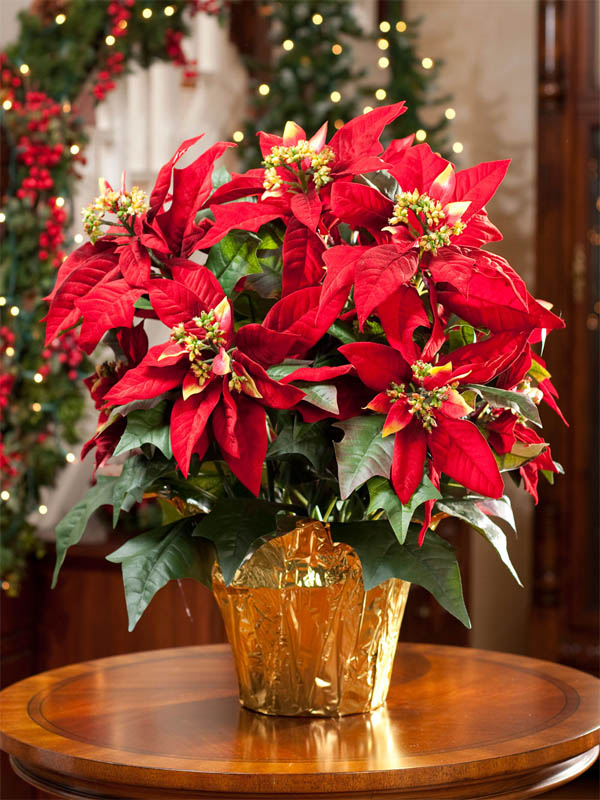
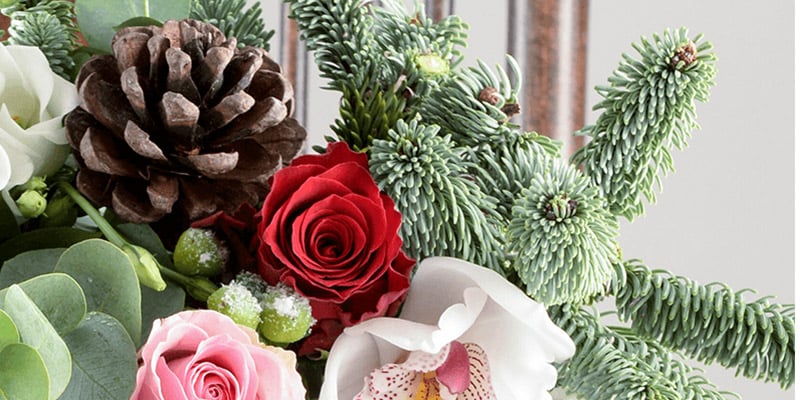


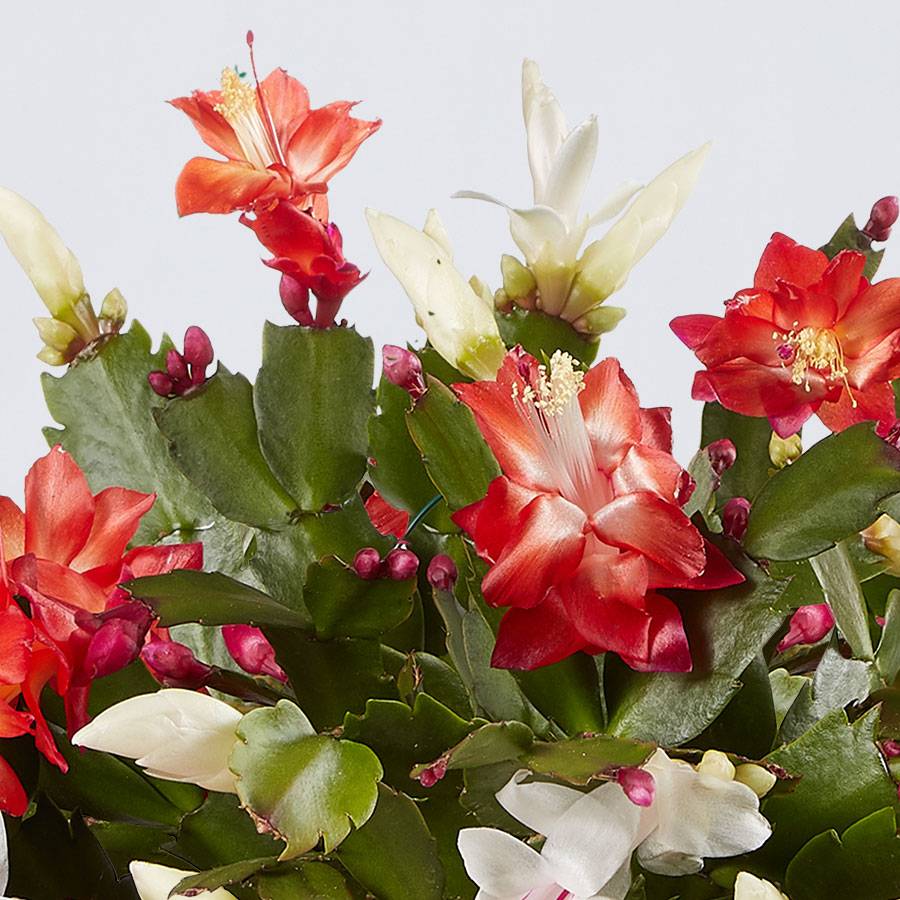

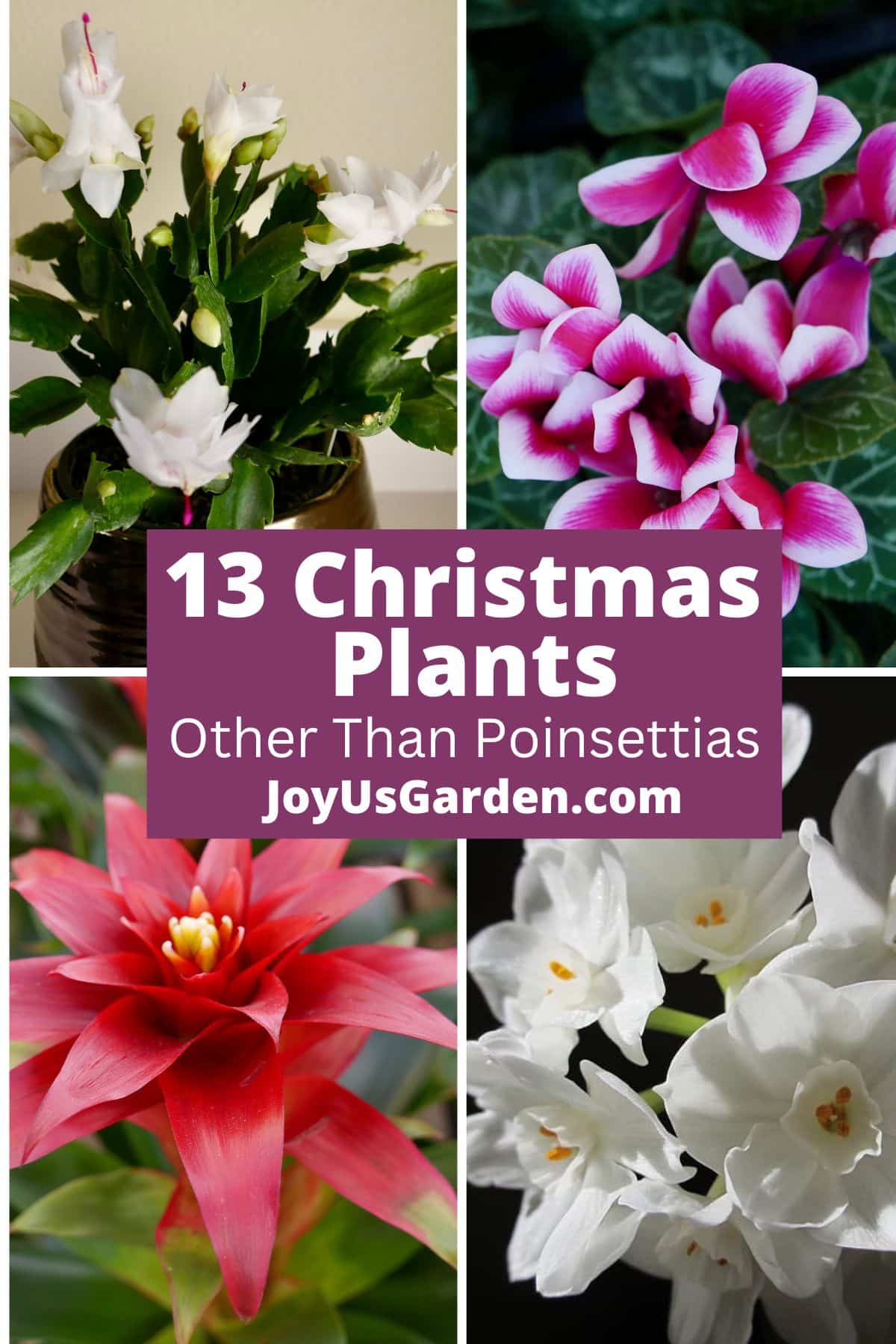
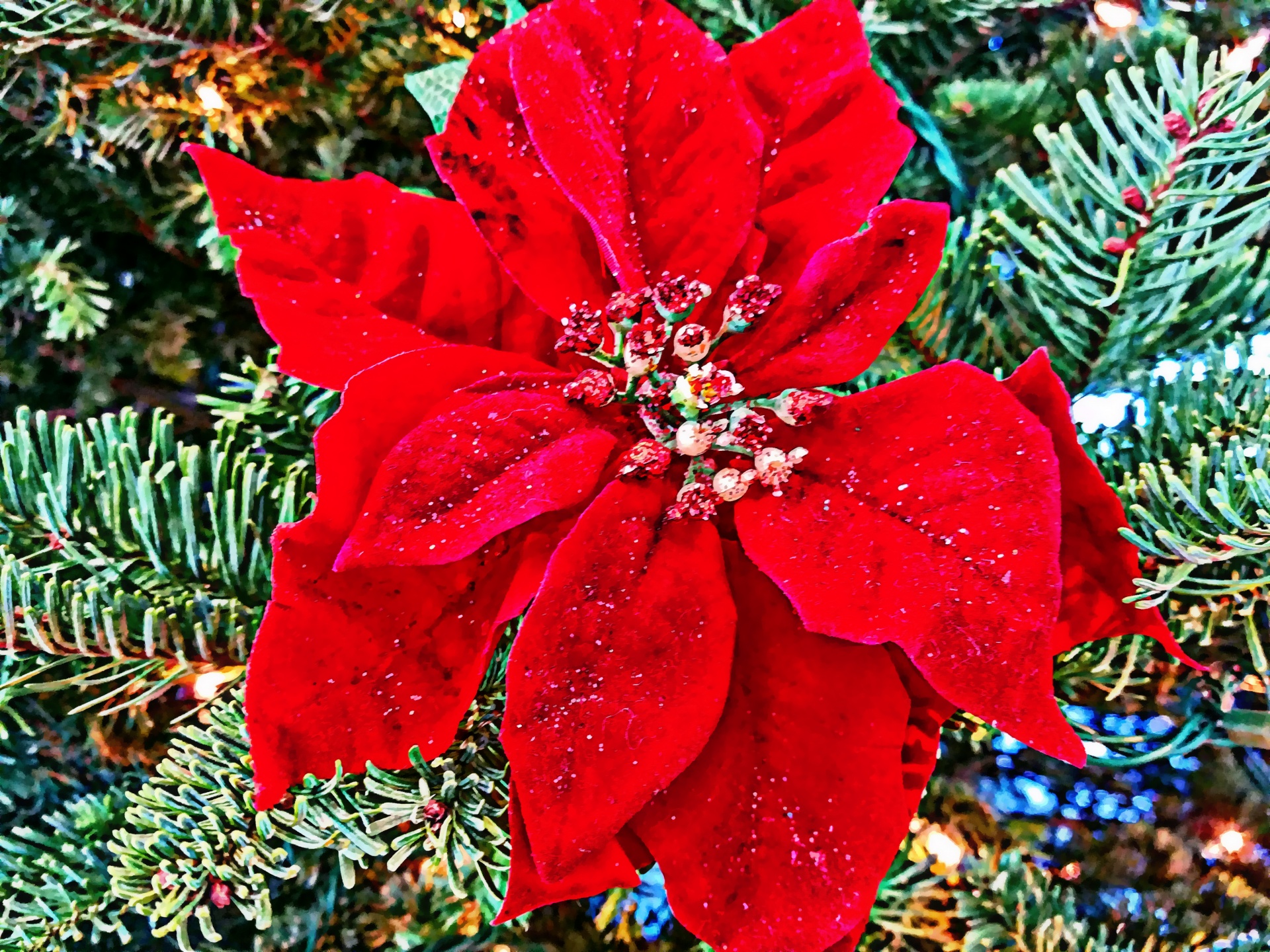
Closure
Thus, we hope this article has provided valuable insights into Christmas Flowering Plants 2024: A Guide to Festive Foliage. We appreciate your attention to our article. See you in our next article!
- 0
- By admin